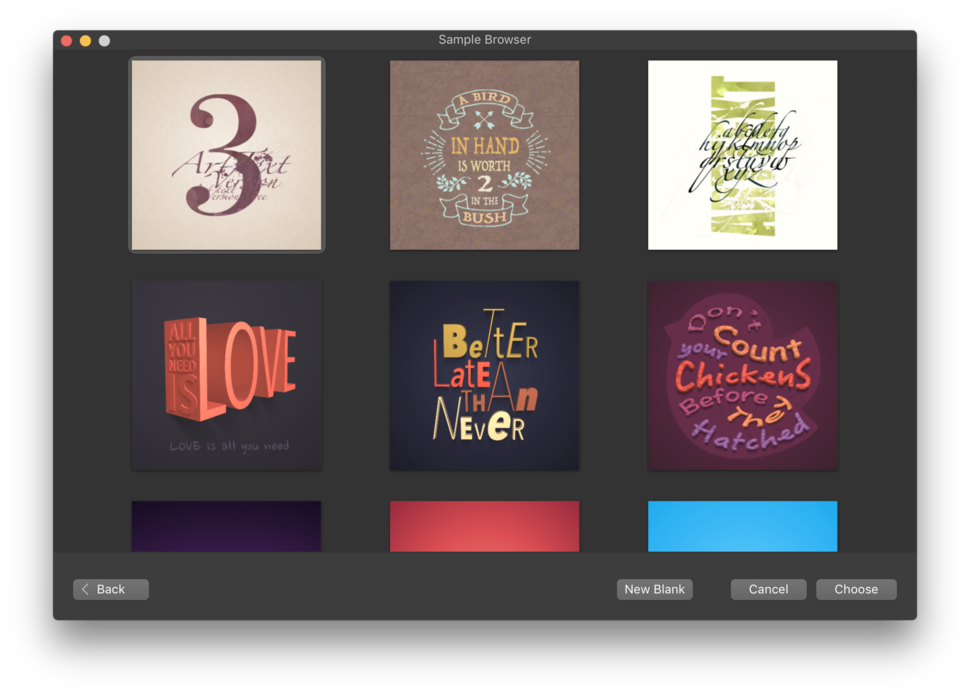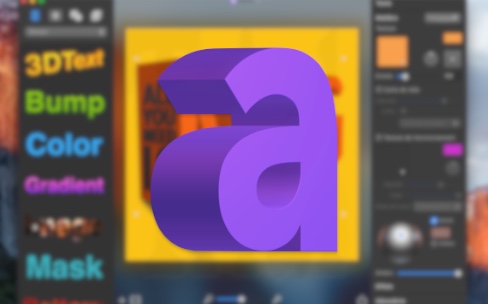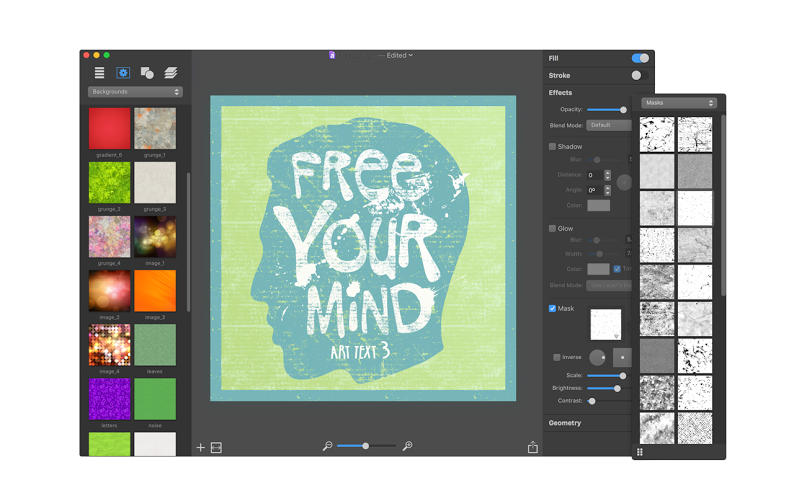
Just copy the text as Walt suggested and draw a new frame. It works in Illustrator and Photoshop only because they have such limited frame text features - imagine if a user tried to convert a 3-column frame that was linked to previous and following frames.įor now it's easy to work around if you start with the wrong type. It would be difficult to convert frame text to artistic text in a publishing app. But as you pointed out, a conversion feature would be helpful, at least from artistic to frame text. Both approaches have their pros and cons and I don't think either is necessarily superior.


Affinity has separate tools because if you drag to create Artistic Text it will create text at that size rather than using the current default text size. Also, Adobe's approach in those apps is a bit different than Affinity - they have a single tool so you click to create Point Text or drag to create Paragraph Text. Those familiar with Illustrator and Photoshop won't be blindsided since they have this feature (called Point Text) but those apps let you convert between types if you mess up. The first time you accidentally create artistic text in Affinity it can feel like you fell down a rabbit hole, and it's really easy to switch tools without meaning to. I agree that Affinity should have a feature to convert artistic text to frame text but the bigger challenge for those coming from InDesign isn't the lack of a conversion feature, it's that frameless text is a new concept given that InDesign lacks this feature entirely. C-R is offering advice that beginners will never see, and blaming users for the product's shortcomings. The pitfalls of modes are well-understood, and Frame Text vs Artistic Text is a second-order mode. This is a design failure, and no amount of training will be sufficient to fix it.
#Art text 3 convert to free
Affinity has an opportunity to be free from the we've-always-done-it-this-way impasse of Adobe. Sure, Adobe Creative Suite has similar second-order modes with their cursor tools, but that doesn't mean it's a good decision. Modes in User Interfaces: When They Help and When They Hurt Users, Nielsen Norman Group Tragically, the pilot’s intention of a 3.3-degree descent angle was interpreted by the system as a negative vertical descent of 3,300 feet per minute - all because the same control was used to enter these numbers and the dashboard didn’t have a clear mode indicator. Famously, in 1991, a plane crashed into a mountain due to a mode error - in different modes, the same control could be used for either the degree or the speed of descent, but it was not sufficiently clear which mode was currently active. Mode errors have been a longstanding problem in our discipline, and, especially in complex systems, can have deadly consequences. Mode slips happen because the system doesn’t clearly indicate its status to the user, violating the very first of the 10 usability heuristics.

Modes can cause a range of usability problems, including mode slips (occurring when the user is not aware of the currently active mode) and low discoverability of mode-specific features. It'd be good for everyone if there were an easy way to convert Art Text boxes to Frame Text boxes. This is not the kind of initial experience you want users to have. I just made masters, precise layouts (Bringhurst's golden section grid on ISO), running headings, page numbers, sections, table of contents, and columns for a 46-page prospectus only to find out (once I started putting in real content) that I used the wrong kind of text box. If you use the wrong one, the only way to fix it is to remake it. The two behave the same until you try to resize them. The only thing that differentiates the boxes on the page is a single dot.

Compare the Artistic Text 'A' to Microsoft Word's WordArt icon. The signifiers that differentiate the Artistic Text and Frame Text tools aren't strong enough. It's easy to make an Art Text box instead of a Text Frame because they both use the same keyboard shortcut, `t` (same as InDesign's text box). Just for the devs: This is a major stumbling block to new users.


 0 kommentar(er)
0 kommentar(er)
